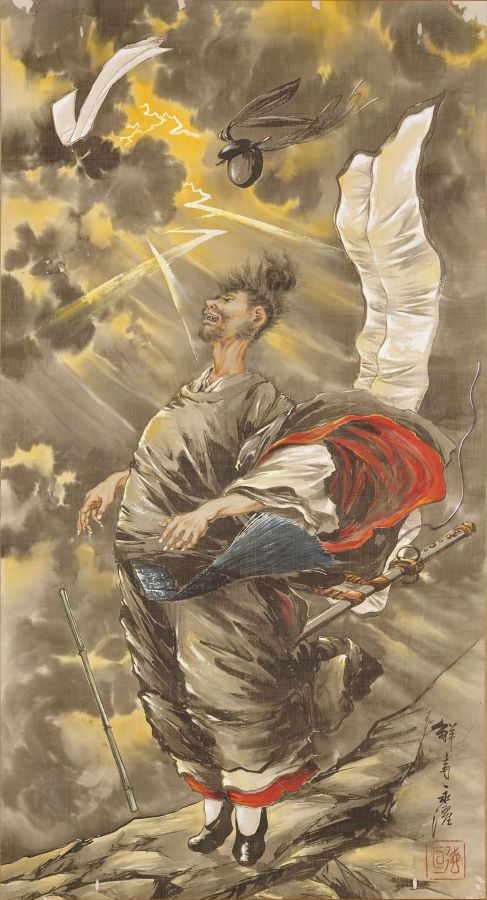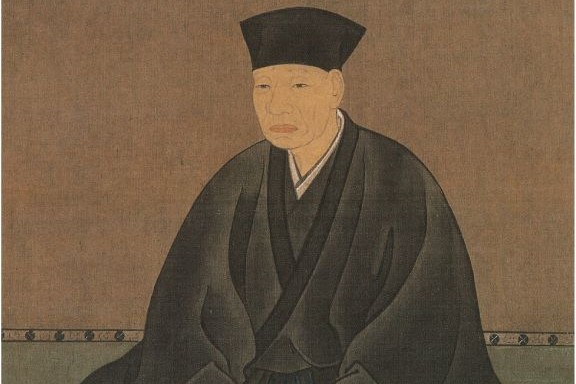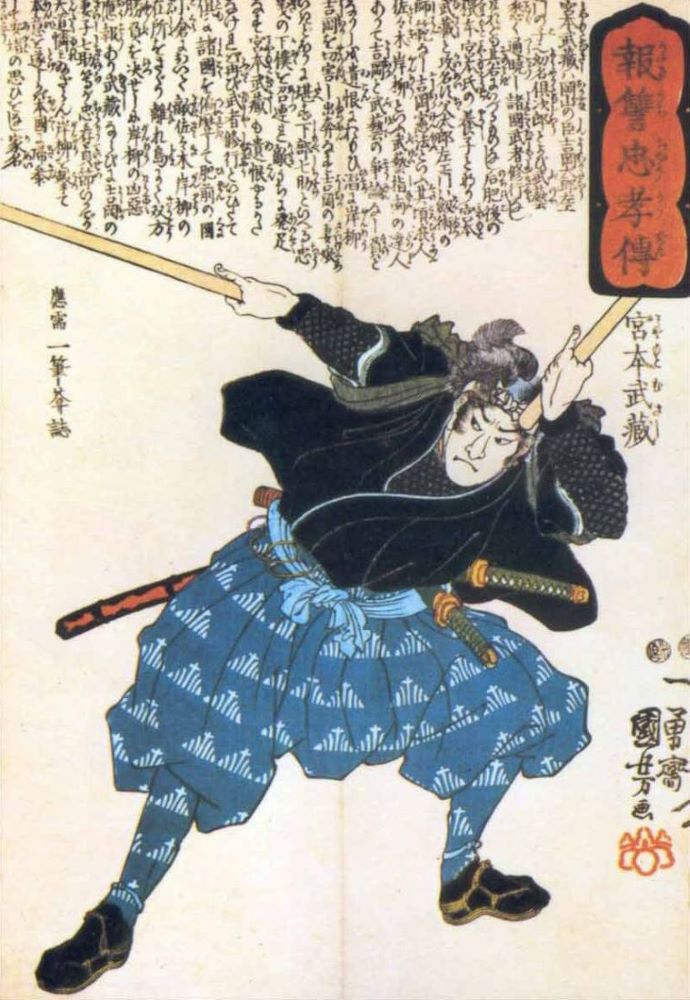Lafcadio Hearn was a writer of Greek-Irish origin who is best known for his writings about Japan. He was born on June 27, 1850, on the Greek island of Lefkada, and spent his early years in Ireland. In 1869, he moved to the United States, where he worked as a journalist and teacher.

Although Hearn is best known for his writings about Japan, he also wrote extensively about other parts of the world, including the United States and the Caribbean. His writings often focused on the supernatural and the macabre, and he was particularly interested in ghost stories and folklore. He is also known for his translations of Japanese literature, including works by the famous author, Natsume Soseki.
Early Life
Lafcadio Hearn was born on June 27, 1850, on the Greek island of Lefkada. His mother was a Greek woman named Rosa Antoniou Kassimatis, and his father was an Irishman named Charles Bush Hearn. His parents never married, and his father soon left the family. After his mother’s death, Hearn was sent to live with his aunt in Dublin, Ireland.
As a child, Hearn was often sick and suffered from poor eyesight. Despite these challenges, he was a voracious reader and showed a talent for writing at an early age. He attended Catholic schools in Ireland and France before moving to the United States at the age of 19.
Once in the US, Hearn worked as a journalist and eventually landed a job as a correspondent for the New Orleans Daily Item. He fell in love with the city and its unique blend of cultures, and it was during his time in New Orleans that he began to develop an interest in the folklore and customs of the people who lived there.
Career
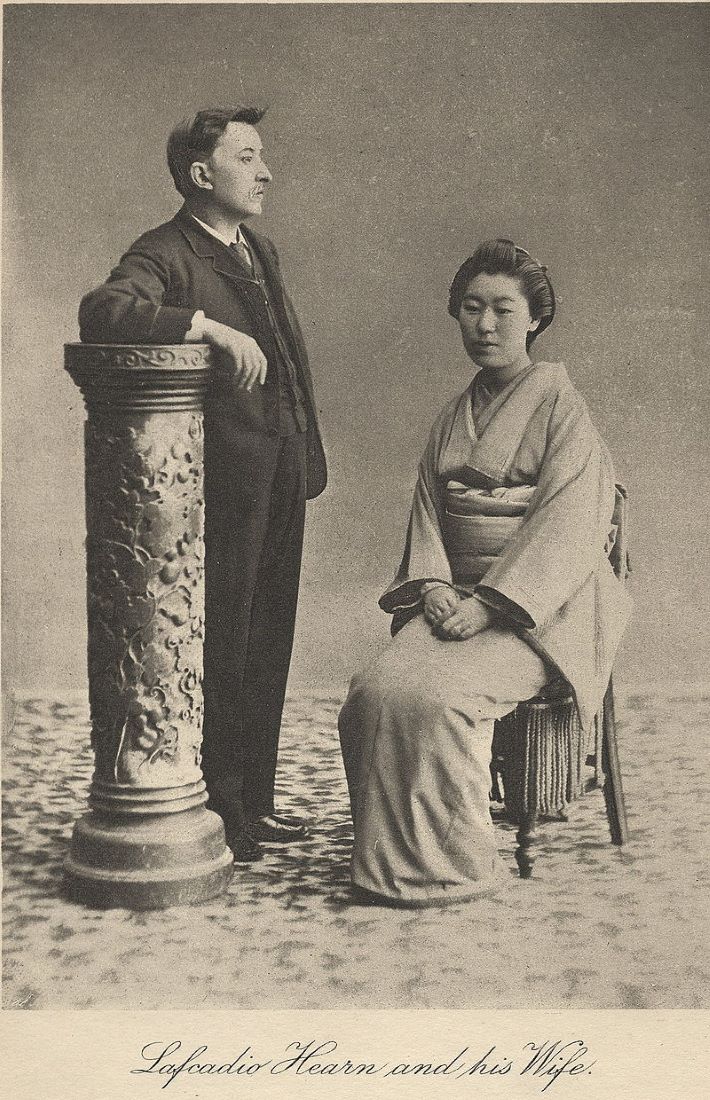
After spending several years in the United States, Lafcadio Hearn moved to Japan in 1890 to work as a journalist. He was hired by the Kobe Chronicle, where he wrote about Japanese culture and society. His articles were well-received, and he gained a reputation as an expert on Japan.
In 1896, Hearn began working as an English professor at the Imperial University in Tokyo. He continued to write about Japan, publishing several books on Japanese culture and folklore. Some of his most famous works include “Glimpses of Unfamiliar Japan,” “Kwaidan: Stories and Studies of Strange Things,” and “Japan: An Attempt at Interpretation.”
Hearn’s writing was unique in that he approached Japan from an outsider’s perspective, but he also had a deep appreciation for the country and its culture. He was able to convey the beauty and complexity of Japan to a Western audience, and his writings helped to introduce Japanese culture to the world.
Despite his success in Japan, Hearn’s personal life was marked by tragedy. His first wife, Alethea Foley, died in 1895, and he later married Setsu Koizumi, a former student who was much younger than him. Hearn died in 1904 at the age of 54, leaving behind a legacy as one of the most important writers on Japan.
Literary Works
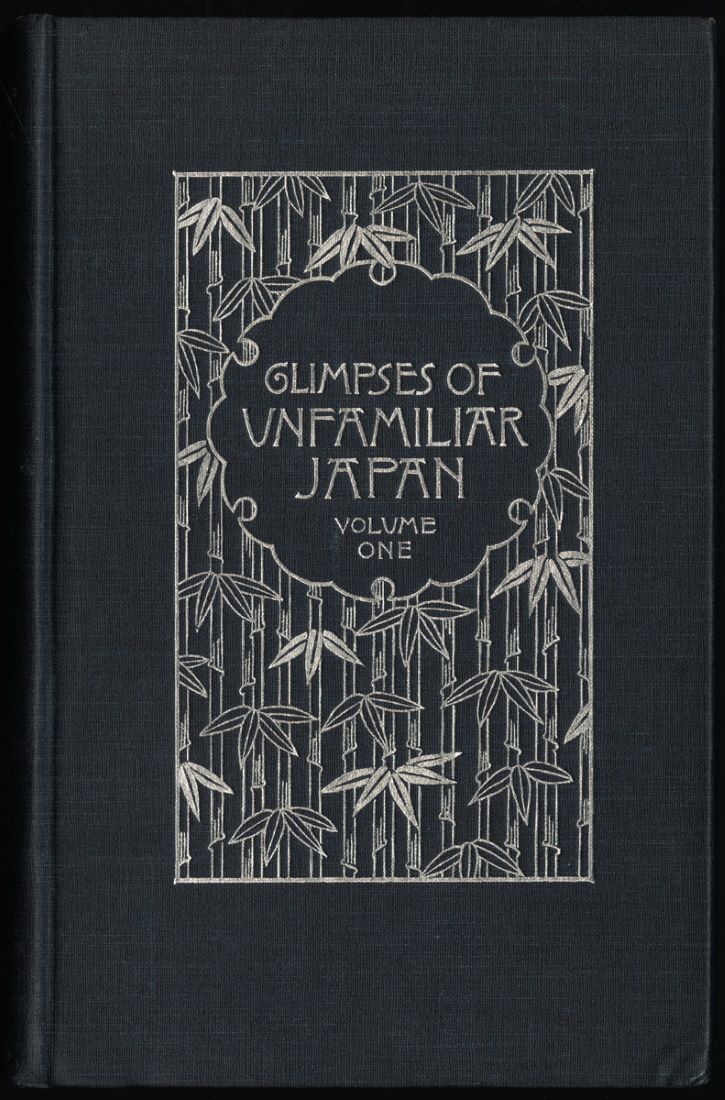
Lafcadio Hearn is best known for his literary works, which include numerous books and articles on Japanese culture and folklore. His writings are characterized by a unique blend of Western and Eastern styles, and often explore themes of supernaturalism and the occult.
One of Hearn’s most famous works is “Kwaidan: Stories and Studies of Strange Things,” a collection of Japanese ghost stories that he translated and adapted for a Western audience. The book was first published in 1904 and has since become a classic of supernatural literature.
Hearn also wrote extensively about Japanese mythology and religion, including works such as “Glimpses of Unfamiliar Japan” and “Japan: An Attempt at Interpretation.” These books provide valuable insights into Japanese culture and belief systems, and have helped to introduce Western readers to the richness and complexity of Japanese society.
In addition to his writings on Japan, Hearn also produced a number of works on other topics, including travel writing and literature. His works are known for their poetic language and vivid descriptions, and continue to be celebrated for their unique perspective on the world.
Legacy
Lafcadio Hearn’s legacy has been felt in many areas of literature and culture. His work has inspired countless writers and artists, and his influence can be seen in the fields of horror, fantasy, and supernatural fiction. His stories have been adapted into films, television shows, and stage productions, and his writing has been translated into many languages.
One of Hearn’s most enduring contributions to literature is his role in introducing Japanese culture to the West. His books on Japanese folklore, legends, and customs were among the first to be published in English, and they helped to create a fascination with Japan that continues to this day. His translations of Japanese literature, including the classic ghost story collection “Kwaidan,” have also been widely read and admired.
In addition to his literary achievements, Hearn’s life and work have been celebrated in many ways. There are museums dedicated to him in Japan and the United States, and his former homes in New Orleans and Japan have been preserved as landmarks. His image has appeared on postage stamps, and his name has been given to schools, parks, and streets in various parts of the world.

